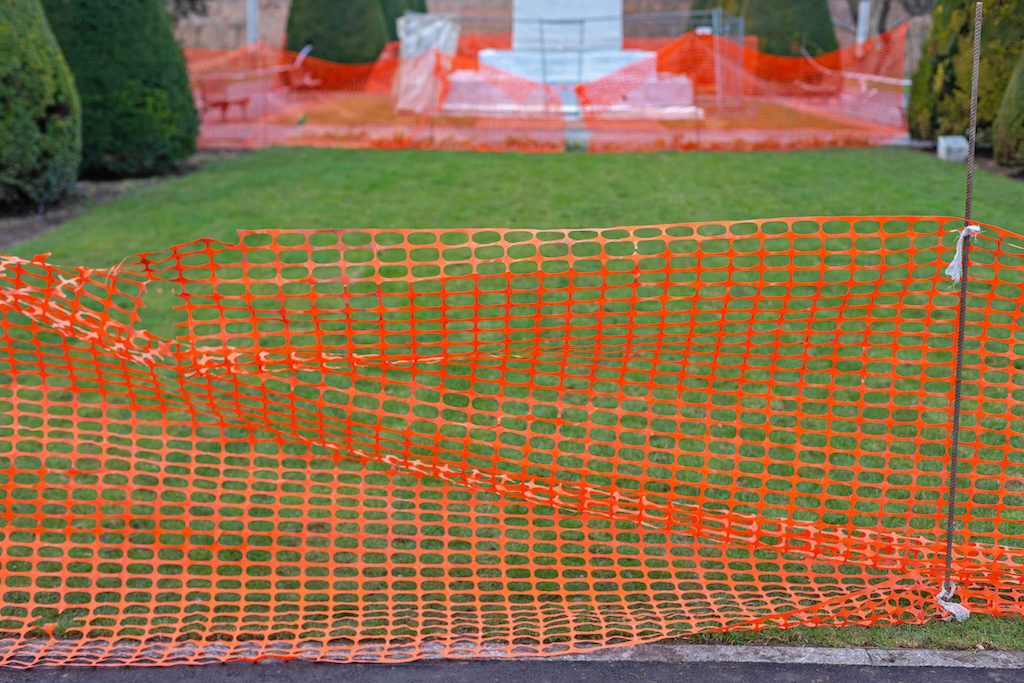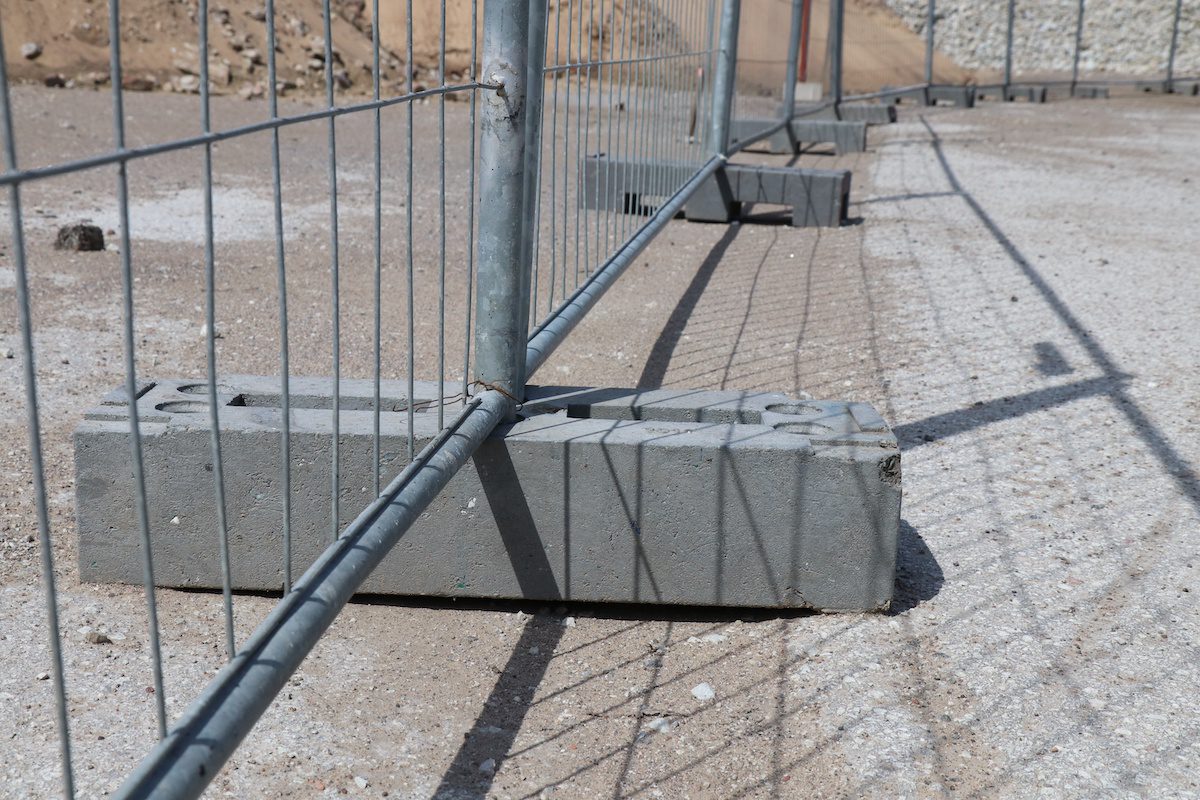Temporary fences have become a popular solution for many temporary needs, from construction sites to outdoor events, to crowd control. They are cost-effective, easy to install and dismantle, and provide security and safety for the public. However, deciding between a plastic temporary fence and a metal temporary fence can be confusing, as both options have their pros and cons.
Durability
One of the most significant differences between plastic and metal temporary fences is their durability. Metal fences, usually made of steel or aluminum, are more durable than plastic fences, which are made of high-density polyethylene (HDPE). Metal fences can withstand heavy storms, strong winds, and extreme temperatures without getting damaged or warped, while plastic fences can crack or become brittle under harsh weather conditions. On the other hand, plastic fences are rust-free and do not corrode or oxidize like metal fences, making them ideal for outdoor events near the beach or pool.
Maintenance
Another aspect to consider when choosing temporary fences is the maintenance required to keep them clean and functional. While metal fences require little maintenance other than routine cleaning to prevent rust and corrosion, plastic fences need more attention to prevent fading, staining, and cracking. Plastic fences are also prone to discoloration from prolonged exposure to the sun, and they may need to be repainted or replaced more frequently than metal fences. However, plastic fences are easier to clean, as they can be washed with soap and water, while metal fences may need a power washer to remove tough grime and dirt.
Security
When it comes to security, both plastic and metal temporary fences can provide a safe barrier for construction sites and events. However, metal fences are generally considered stronger and more secure than plastic fences because they are harder to cut or break. Metal fences can also be customized with additional security features such as barbed wire, spikes, or tamper-proof locks, while plastic fences have limited options for security enhancements. If your temporary fence needs heavy-duty security, metal fences are the way to go.
Aesthetics
While the primary function of temporary fences is to provide safety and security, choosing an attractive and visually appealing fence can add value to your site or event. Plastic fences come in various colors and styles to match your branding or event theme, and they have a sleek and modern look. Metal fences can also be customized with colors, logos, or patterns, but they have a more industrial or traditional look. The choice between plastic and metal fences ultimately depends on your preference and the image you want to portray.
Cost
Finally, cost is always a significant factor in any purchasing decision, and temporary fences are no exception. In general, plastic fences are cheaper than metal fences, but the difference in cost varies depending on the length of the fence, the features, and the quality of the material. While plastic fences may seem like a more affordable option upfront, they may require more frequent replacements or repairs than metal fences in the long run, so the total cost of ownership may be higher. Therefore, it’s essential to consider the total cost, including installation, removal, and maintenance, when comparing plastic and metal temporary fences.
Plastic VS Metal Temporary Fence
Choosing the right temporary fence for your site or event requires careful consideration of various factors such as durability, maintenance, security, aesthetics, and cost. Plastic and metal temporary fences both have their advantages and disadvantages, and the decision ultimately depends on your specific needs and preferences. If you need a sturdy and secure fence for heavy-duty applications, metal fences are the way to go. However, if you’re looking for a cost-effective and customizable fence for short-term uses, plastic fences may be a better fit. By weighing the pros and cons of each option, you can make an informed decision that meets your temporary fencing needs.





